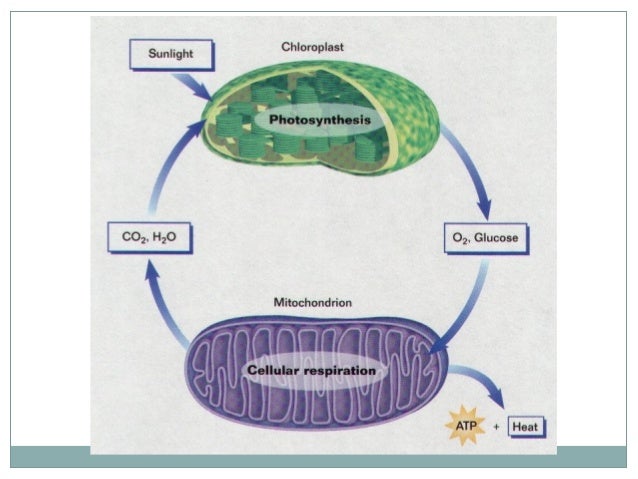
In summary, we originally demonstrated that PLVAP is markedly associated with immunosuppressive immune cell infiltration degrees, unfavorable survival, and adverse pathology types among gliomas, thus identifying PLVAP as a practicable marker and a promising target for glioma-based precise diagnosis and therapeutic strategies. Moreover, association analyses between PLVAP and glioma-infiltrating immunocytes indicated that the infiltrating degrees of most immune cells exhibited positive correlations with PLVAP expression, particularly immunosuppressive subsets such as tumor-related macrophages, myeloid-derived suppressor cells, and regulatory T lymphocytes.

#CELL PROCESSES ACTIVATOR#
We consequently examined the associations of PLVAP with immune-related meta-genes, and PLVAP was positively correlated with hematopoietic cell kinase, lymphocyte-specific protein tyrosine kinase, major histocompatibility complex (MHC) I, MHC II, signal transducer and activator of transcription 1, and interferon and was negatively correlated with immunoglobulin G. Gene ontology analysis of PLVAP among gliomas has documented the predominant role of this protein in glioma-associated immunobiological processes and also in inflammatory responses. Subsequent Kaplan–Meier curves together with multivariable Cox analyses upon survival identified high-expression PLVAP as a distinct prognostic variable for patients with gliomas. The receiver operating characteristics analysis illustrated the favorable applicability of PLVAP in regard to estimating mesenchyme subform gliomas. The two cellular processes illustrated by the test tubes are cellular respiration and photosynthesis. Researchers test drug combination as means to prevent drug resistance in cancer cells. PLVAP was markedly upregulated among high grade gliomas, O 6-methylguanine-DNA methyltransferase promoter unmethylated subforms, isocitrate dehydrogenase wild forms, 1p19q non-codeletion subforms, and mesenchyme type gliomas. All the latest news about cellular processes from Medical Xpress. We analyzed and visualized the total statistics using RStudio. A total of 699 patients diagnosed with gliomas in the cancer genome atlas along with 325 glioma patients in the Chinese glioma genome atlas were collected for the training and validation sets. Here, we methodically investigated the pathophysiological characteristics and clinical manifestations of gliomas. Previous reports have confirmed the significance of plasmalemma vesicle-associated protein (PLVAP) in the progression of multiple tumors however, there are few studies examining its immune properties in the context of gliomas.


 0 kommentar(er)
0 kommentar(er)
